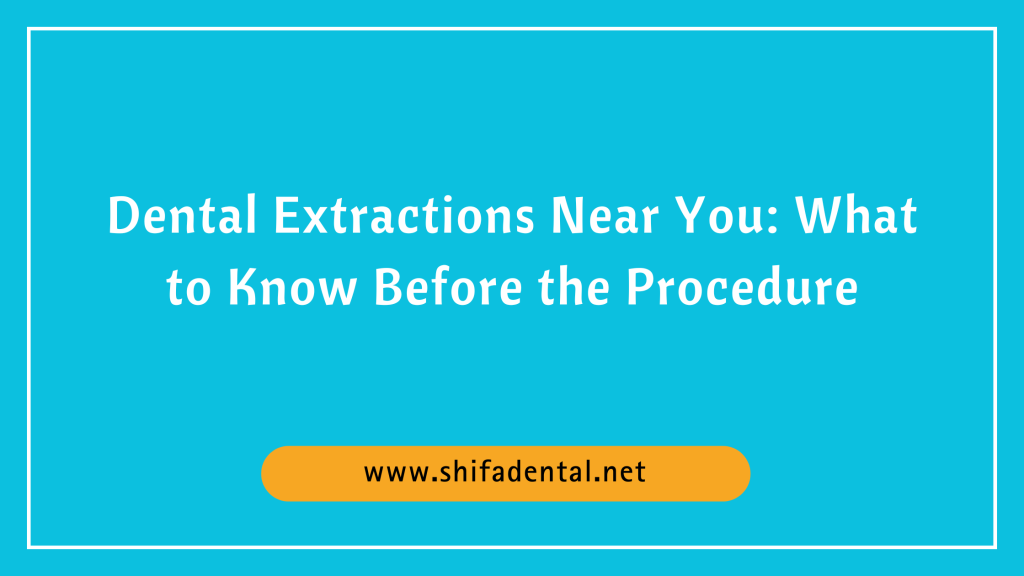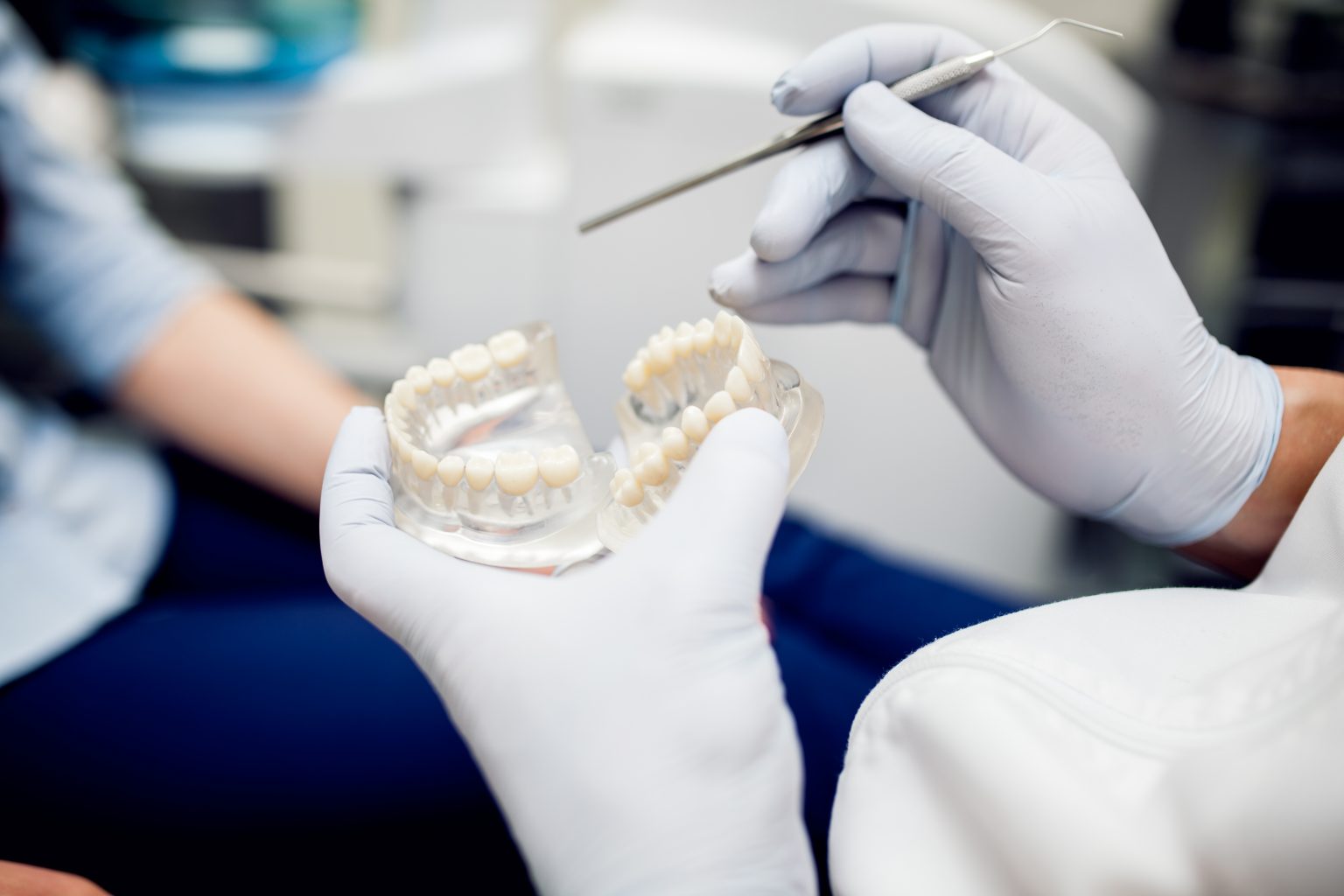
Whether you’re dealing with a damaged tooth, overcrowding, or severe tooth decay, tooth extraction may be necessary to protect your overall oral health. While the thought of having a tooth removed can be intimidating, understanding the process and knowing what to expect can help ease any anxiety.
If you’re searching for “dental extractions near me”, this blog will walk you through everything you need to know before the procedure—from when it’s needed to what recovery looks like.
🦷 When Is a Tooth Extraction Necessary?
Tooth extractions are typically considered a last resort when other treatments aren’t effective. Here are some common reasons a dentist might recommend one:
Severe Decay or Infection – When a tooth is too damaged to be saved with a filling or root canal.
Impacted Wisdom Teeth – Wisdom teeth that don’t have room to grow properly may become impacted and need removal.
Overcrowding – Some patients need extractions before orthodontic treatment like braces or Invisalign.
Gum Disease – Advanced periodontal disease can weaken teeth and the surrounding bone structure.
Broken or Cracked Teeth – If a tooth is fractured beyond repair.
🏥 Types of Dental Extractions
There are two main types of tooth extractions:
1. Simple Extraction
This is performed on a visible tooth, typically under local anesthesia. It’s quick and usually has a shorter recovery time.
2. Surgical Extraction
Used for teeth that are broken at the gum line or haven’t fully erupted (such as impacted wisdom teeth). This procedure may involve cutting into the gum and sometimes removing a small amount of bone.
🔍 What to Expect Before the Procedure
Before your extraction, your dentist will:
Examine your mouth and take X-rays to assess the condition of the tooth and surrounding bone.
Discuss your medical history, including any medications or chronic conditions.
Explain the procedure and provide instructions for pre-operative care.
🛑 Pre-Procedure Tips
To ensure a smooth extraction and recovery:
Avoid eating for a few hours before the appointment if sedation is planned.
Wear comfortable clothing, especially if sedation is used.
Arrange a ride home if you’ll be receiving sedation or anesthesia.
⏱️ What Happens During the Procedure
During a tooth extraction:
Anesthesia is administered to numb the area.
The dentist loosens the tooth using specialized tools.
The tooth is gently removed, and the socket may be cleaned.
In some cases, stitches may be placed to aid healing.
The process usually takes between 20 to 40 minutes, depending on the complexity.
🩹 Aftercare and Recovery
Recovery is an essential part of the healing process. Here’s how to take care of yourself post-extraction:
✅ Do:
Bite down on gauze to control bleeding.
Apply an ice pack to reduce swelling.
Take prescribed medications to manage pain and prevent infection.
Eat soft foods like yogurt, mashed potatoes, or smoothies for the first few days.
❌ Don’t:
Smoke or use straws—this can lead to dry socket, a painful complication.
Brush directly on the extraction site for the first 24 hours.
Engage in strenuous activity for at least 24–48 hours.
Most patients heal completely within 7–10 days.
❓ When to Call Your Dentist
Contact your dentist if you experience:
Excessive bleeding
Persistent pain beyond a few days
Swelling that worsens over time
Signs of infection (fever, pus, or foul odor)
📍 Looking for Dental Extractions in Garland or Plano, TX?
At Shifa Dental, we offer gentle and affordable tooth extractions for patients of all ages. Whether you’re in Garland or Plano, our experienced team ensures a comfortable experience with the latest technology and patient-focused care.
We’re here to answer all your questions and help you feel at ease—before, during, and after your procedure.
📞 Schedule Your Consultation Today
Shifa Dental Garland
📍1918 N Plano Rd, Garland, TX 75042
📞 (972) 234-3300
Shifa Dental Plano
📍5509 Pleasant Valley Dr #90A, Plano, TX 75023
📞 (972) 423-3100
🌐 Visit us at www.shifadental.net

